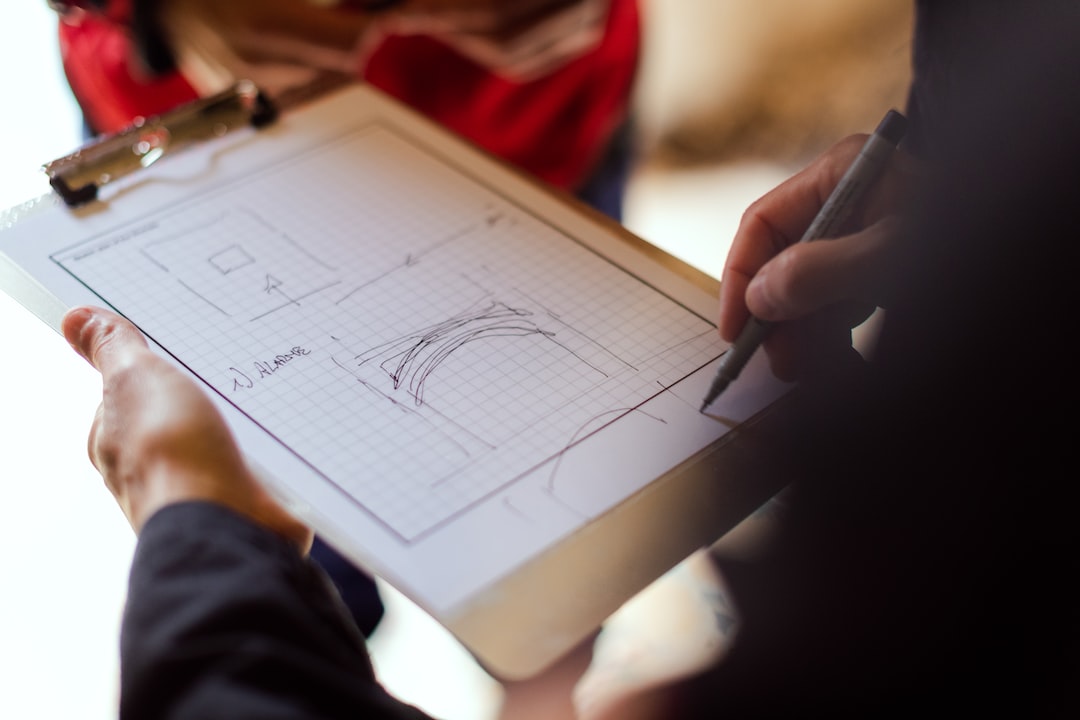Virtual reality (VR) and augmented reality (AR) are two technologies that have been making waves in the engineering industry. Engineers have been quick to understand the potential these technologies have in improving their design processes and have begun to integrate them into their work.
VR and AR are both digital technologies that allow users to experience a simulated environment. However, the main difference between them is the level of immersion they provide. In VR, the user is completely immersed in a simulated environment, while in AR, the user is still aware of the real world around them, but with additional digital information overlaying their view.
One of the biggest advancements that VR and AR have brought to engineering is the ability to create and visualize designs in a three-dimensional space. By using these technologies, engineers can create digital prototypes of their designs and test them in a simulated environment before they are physically built. This allows for more accurate and efficient design iterations, reducing the need for physical prototypes and ultimately speeding up the design process.
Another advantage of VR and AR is their ability to improve communication between different teams working on a project. In the past, designers and engineers would often have trouble communicating their ideas effectively, leading to misunderstandings and delays in the project timeline. With VR and AR, however, all team members can immerse themselves in the same digital environment, allowing for easier collaboration and improved communication.
One area in which VR and AR are proving to be particularly useful in engineering is in training and education. These technologies can provide simulations of complex environments and machinery that are otherwise difficult and expensive to set up in a classroom or training environment. By immersing trainees in a simulated environment, they can gain hands-on experience in a safe and controlled setting, improving their skills and knowledge.
The application of VR and AR in engineering is not limited to just design and training. These technologies are also being used in maintenance and repair, allowing engineers to access digital manuals and instructions while performing repairs in real-time. The use of AR in this area can also help engineers identify faulty parts and provide visual aids to guide them through the repair process.
In conclusion, the advancements in VR and AR technology are providing engineers with new tools to improve their design processes, communication, and training. As these technologies become more widely adopted in the engineering industry, we can expect to see an even greater impact on efficiency, safety, and innovation. With the continued development of these technologies, we may see a future where engineers can design, test, and implement their ideas entirely in a digital environment.


